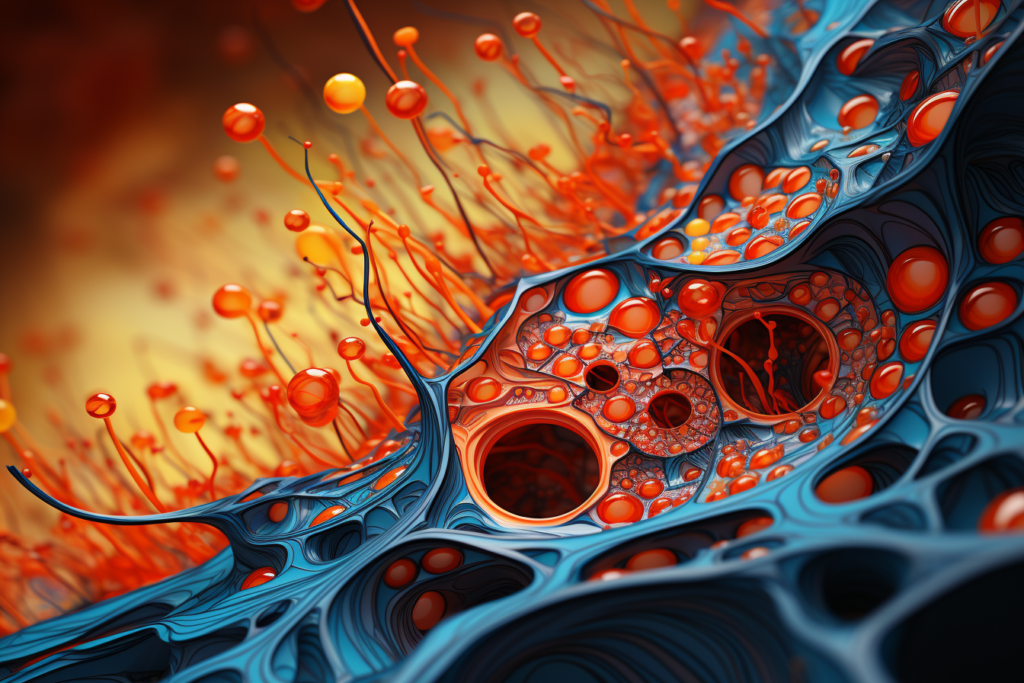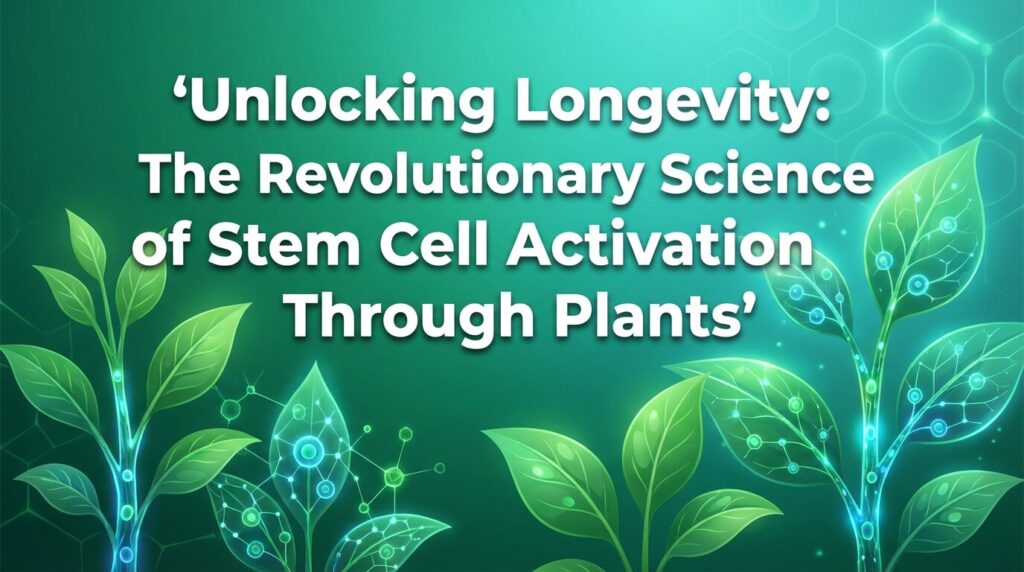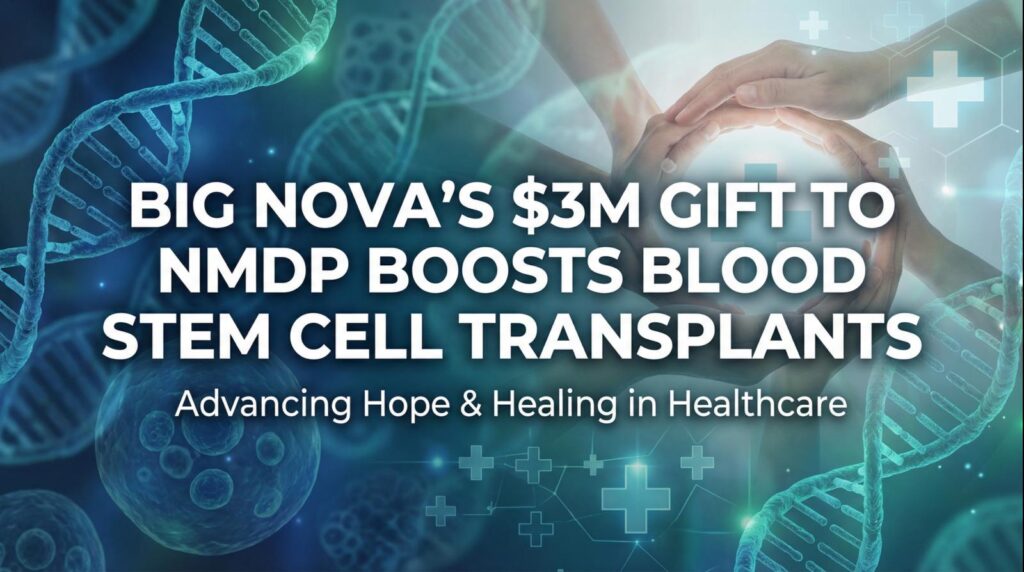Welcome to our exploration of the fascinating world of muscle stem cells and their role in muscle repair. If you’ve ever experienced a muscle injury, you know how it can impact your daily activities and overall muscle function. But did you know that your body has a built-in repair system, working tirelessly behind the scenes to heal these injuries? That’s right, and the heroes of this story are muscle stem cells.
Imagine muscle stem cells as the construction workers of your body. When a building (or in this case, muscle tissue) gets damaged, these workers rush to the site, ready to repair and rebuild. They’re like the unsung heroes, working diligently to ensure everything is back to normal.
Now, you might be wondering, what exactly are these muscle stem cells? Well, they’re a specific type of cell population residing within your muscles, often referred to as satellite cells. Picture satellite cells as tiny, dormant seeds nestled within your muscles. When a muscle injury occurs, these “seeds” awaken and spring into action, dividing and growing to repair the damaged muscle fiber.
In the world of cell types, muscle stem cells are like the superheroes. They have the unique ability to self-renew, meaning they can make more of themselves, and differentiate, which means they can transform into specialized cells needed for skeletal muscle repair.
This process of repair and regeneration is crucial for maintaining muscle strength and function, especially after an injury. But it’s not just about injuries. Understanding muscle stem cells and satellite cells can also open doors to new therapies for muscle diseases, muscle atrophy, and even age-related loss of muscle strength.
So, join us as we delve deeper into the world of muscle stem cells, satellite cells, and their incredible role in muscle repair. Whether you’re a patient dealing with a muscle injury, a caregiver, or just someone interested in the science behind muscle repair, we hope this article will provide valuable insights and spark your curiosity.
Understanding Muscle Injuries
When we talk about muscle injuries, we’re referring to any damage that disrupts the normal function of a muscle. This could be a sudden, acute injury like a strain or tear that happens when you lift a heavy object or twist in an awkward way. Or it could be a chronic injury, resulting from repetitive strain over time, like the kind of injuries often seen in athletes or people with physically demanding jobs.
Now, imagine your muscles as a well-organized city. The buildings in this city are the muscle fibers, the functional units of your muscles. These muscle fibers are like the skyscrapers, standing tall and strong, enabling you to perform various physical activities. But what happens when an earthquake (or in our case, a muscle injury) strikes this city?
The buildings (muscle fibers) can get damaged, leading to a loss of muscle function. This could manifest as pain, swelling, bruising, and a decreased ability to move the affected muscle. It’s like when a road is blocked due to construction, and you have to find a different route to reach your destination.
But here’s where the magic happens. In response to this injury, your body activates its repair crew – the muscle stem cells. These cells, including the satellite cells, are like the emergency responders, rushing to the site of injury to start the repair process. They begin to divide and differentiate into new muscle cells, rebuilding the damaged muscle fibers and restoring the function of the muscle.
Understanding this process is crucial because it’s the foundation of how our bodies naturally heal muscle injuries. But it also opens up exciting possibilities for enhancing this natural healing process, especially through therapies involving muscle stem cells and satellite cells.
In the next section, we’ll dive deeper into what these muscle stem cells are and how they contribute to muscle repair.
What are Muscle Stem Cells?

Muscle stem cells, also known as satellite cells, are a unique type of cell that reside within your muscles. Picture them as tiny seeds nestled within the vast fields of your muscle tissue. Under normal conditions, these seeds remain dormant, but when a muscle injury occurs, they awaken and spring into action.
These muscle stem cells are a special kind of cell population known as progenitor cells. Progenitor cells are like the middle children of the cell world. They’re not fully mature, but they’re not entirely unspecialized either. They have the potential to become a specific type of cell, in this case, muscle cells.
Now, muscle stem cells have two superpowers that make them perfect for their role in muscle repair. The first is self-renewal. This means they can make more of themselves, ensuring a steady supply of cells ready to jump into action when needed. It’s like having a reserve team of players on the bench, ready to join the game at a moment’s notice.
The second superpower is differentiation. This means they can transform into specialized cells. In the context of muscle repair, muscle stem cells can turn into myogenic cells, which are the building blocks of muscle fibers. It’s like having a team of builders who can transform into architects, electricians, or plumbers, depending on what’s needed for the job.
These satellite cells are crucial for skeletal muscle regeneration. When a muscle injury occurs, they multiply (a process known as cell proliferation) and differentiate to repair the damaged muscle fibers. They’re like a dedicated construction crew, working tirelessly to rebuild the city after an earthquake.
But muscle stem cells don’t work alone. They’re part of a larger community of cells within the muscle tissue, each playing a unique role in maintaining and repairing the muscle. For example, endothelial cells help to build and maintain the blood vessels that supply the muscle with nutrients and oxygen.
In the next section, we’ll delve deeper into the role of muscle stem cells in muscle repair. We’ll explore how they go from a state of quiescence (resting) to becoming active participants in the repair process, and how this understanding can lead to new therapies for muscle injuries and diseases.
Current Research and Advances in Muscle Stem Cell Therapy
The field of muscle stem cell therapy is rapidly evolving, with new research and advancements emerging regularly. These developments are not only enhancing our understanding of muscle stem cells and their role in muscle repair but are also opening up exciting possibilities for new treatments.
One of the most promising areas of research involves the use of low-level laser (light) therapy (LLLT) on muscle tissue. This therapy has been found to stimulate muscle stem cells, enhancing their ability to repair damaged muscle and prevent subsequent muscle fiber degeneration1. It’s like giving our construction crew (the muscle stem cells) better tools and materials, enabling them to do their job more effectively.
Another exciting area of research is the use of cell transplantation to treat muscle diseases. This involves transplanting muscle stem cells (or their myoblast progeny) into the damaged muscle to enhance the repair process2. It’s like sending in a team of expert builders to help rebuild a city after an earthquake.
Research is also exploring the role of non-myogenic, non-satellite stem cells in muscle repair. These cells, which express conventional mesenchymal stem cell (MSC) markers, have been found to contribute to muscle regeneration following eccentric exercise3. It’s like discovering a new team of workers who can help in the construction process.
Furthermore, studies are investigating the immune function of muscle cells. It turns out that muscle cells are not just passive bystanders in the immune response. They can act as antigen-presenting cells (APCs), playing an active role in the immune response4. This discovery could have important implications for the development of new treatments for muscle diseases.
These are just a few examples of the exciting research currently underway in the field of muscle stem cell therapy. As we continue to learn more about muscle stem cells and their role in muscle repair, we can look forward to the development of new and more effective treatments for muscle injuries and diseases.
In the next section, we’ll explore the potential applications of muscle stem cell therapy.
Footnotes
- Low-level laser (light) therapy (LLLT) on muscle tissue: performance, fatigue and repair benefited by the power of light ↩
- Recent progress in satellite cell/myoblast engraftment – relevance for therapy ↩
- Defining a role for non-satellite stem cells in the regulation of muscle repair following exercise ↩
- Skeletal muscle cells: from local inflammatory response to active immunity ↩
Potential Applications of Muscle Stem Cell Therapy
The potential applications of muscle stem cell therapy are vast and exciting, offering hope for individuals dealing with a range of muscle-related conditions. From acute injuries to chronic muscle diseases and age-related muscle degeneration, the power of muscle stem cells could be harnessed to improve muscle function and quality of life.
One of the most promising applications is in the treatment of muscular dystrophies. These are genetic disorders that cause progressive muscle weakness and loss of muscle mass. Current research is exploring the use of cell transplantation, where muscle stem cells or their myoblast progeny are transplanted into the damaged muscle to enhance the repair process1. It’s like sending in a team of expert builders to help rebuild a city after an earthquake.
Another potential application is in the treatment of muscle injuries and muscle atrophy. Low-level laser (light) therapy (LLLT) has been found to stimulate muscle stem cells, enhancing their ability to repair damaged muscle and prevent subsequent muscle fiber degeneration2. It’s like giving our construction crew (the muscle stem cells) better tools and materials, enabling them to do their job more effectively.
Muscle stem cell therapy could also be used to treat age-related muscle loss, or sarcopenia. As we age, our muscles naturally lose strength and mass. But by stimulating the muscle stem cells, we may be able to slow down or even reverse this process, helping to maintain muscle strength and function in older adults3.
Finally, muscle stem cell therapy could be used to enhance muscle growth and adaptation in athletes or individuals undergoing physical rehabilitation. By enhancing the natural repair and regeneration process, we could potentially improve muscle strength and resilience, helping individuals to perform better and recover faster from physical activities3.
While these potential applications are exciting, it’s important to note that muscle stem cell therapy is still a relatively new field, and much of the current research is in the early stages. But with continued research and development, the future of muscle stem cell therapy looks promising.
In the next section, we’ll wrap up our exploration of muscle stem cells and their role in muscle repair. So, stay tuned!
Footnotes
- Recent progress in satellite cell/myoblast engraftment – relevance for therapy ↩
- Low-level laser (light) therapy (LLLT) on muscle tissue: performance, fatigue and repair benefited by the power of light ↩
- The roles of muscle stem cells in muscle injury, atrophy and hypertrophy ↩ ↩2
FAQ
Q: What are muscle stem cells?
A: Muscle stem cells, also known as satellite cells, are a type of stem cell found in skeletal muscle tissue. They play a crucial role in muscle repair and regeneration.
Q: What is the function of muscle satellite cells?
A: Muscle satellite cells are responsible for maintaining and repairing skeletal muscle. They can divide and differentiate into myogenic cells, which contribute to muscle growth and repair.
Q: How do muscle satellite cells contribute to muscle growth?
A: Muscle satellite cells are activated in response to exercise or muscle injury. They divide and differentiate into myogenic cells, which fuse with existing muscle fibers, leading to an increase in muscle size and strength.
Q: Can muscle satellite cells differentiate into other cell types?
A: No, muscle satellite cells have a restricted cell fate and can only differentiate into myogenic cells. They cannot differentiate into other cell types like pluripotent stem cells.
Q: What is the role of satellite cells in muscle disease?
A: Satellite cells are essential for muscle regeneration and repair in muscle diseases. However, in some muscle diseases, there may be a loss of satellite cells or dysfunction in their function, leading to impaired muscle regeneration.
Q: How do muscle satellite cells contribute to the maintenance of skeletal muscle?
A: Muscle satellite cells are responsible for the ongoing replenishment of muscle progenitor cells in adult skeletal muscle. They ensure the maintenance of the muscle pool and the ability to repair and regenerate muscle tissue.
Q: What happens to muscle satellite cells in aged skeletal muscle?
A: In aged skeletal muscle, there is a decline in the number and function of muscle satellite cells. This can contribute to the loss of muscle mass and strength commonly seen in elderly individuals.
Q: Can skeletal muscle diseases affect satellite cell function?
A: Yes, skeletal muscle diseases can negatively impact satellite cell function. Reduced satellite cell numbers or dysfunction can impair muscle regeneration and contribute to muscle wasting in these diseases.
Q: What is the potential of skeletal muscle stem cells in regenerative medicine?
A: Skeletal muscle stem cells have the potential to be used in regenerative medicine to treat muscle diseases and injuries. Their ability to differentiate into myogenic cells makes them valuable in muscle repair therapies.
Q: How is stem cell research contributing to our understanding of muscle satellite cells?
A: Stem cell research has provided valuable insights into the behavior and properties of muscle satellite cells. It has helped uncover the molecular mechanisms involved in satellite cell activation, proliferation, and differentiation.
Conclusion
As we reach the end of our exploration into the world of muscle stem cells and their role in muscle repair, we hope you’ve gained a deeper understanding of this fascinating area of biology and medicine. From the basic biology of muscle stem cells and satellite cells to the latest research and potential applications of muscle stem cell therapy, we’ve covered a lot of ground.
We’ve learned that muscle stem cells, including satellite cells, are the unsung heroes of muscle repair. They’re like a dedicated construction crew, working tirelessly to rebuild our muscles after an injury. They have the unique ability to self-renew and differentiate, making them crucial for skeletal muscle regeneration.
We’ve also delved into the current research and advances in muscle stem cell therapy. From low-level laser (light) therapy to cell transplantation, scientists are exploring various ways to harness the power of muscle stem cells to treat muscle injuries and diseases.
The potential applications of muscle stem cell therapy are vast and exciting. Whether it’s treating muscular dystrophies, enhancing the repair of muscle injuries, combating age-related muscle loss, or improving muscle growth and adaptation in athletes, the possibilities are endless.
But while the future of muscle stem cell therapy looks promising, it’s important to remember that this is a rapidly evolving field, and much of the current research is still in the early stages. As we continue to learn more about muscle stem cells and their role in muscle repair, we can look forward to the development of new and more effective treatments.
So, whether you’re a patient dealing with a muscle injury, a caregiver, or just someone interested in the science behind muscle repair, we hope this article has provided valuable insights and sparked your curiosity. Remember, knowledge is power, and by staying informed, we can all play a part in advancing the field of muscle stem cell therapy.



